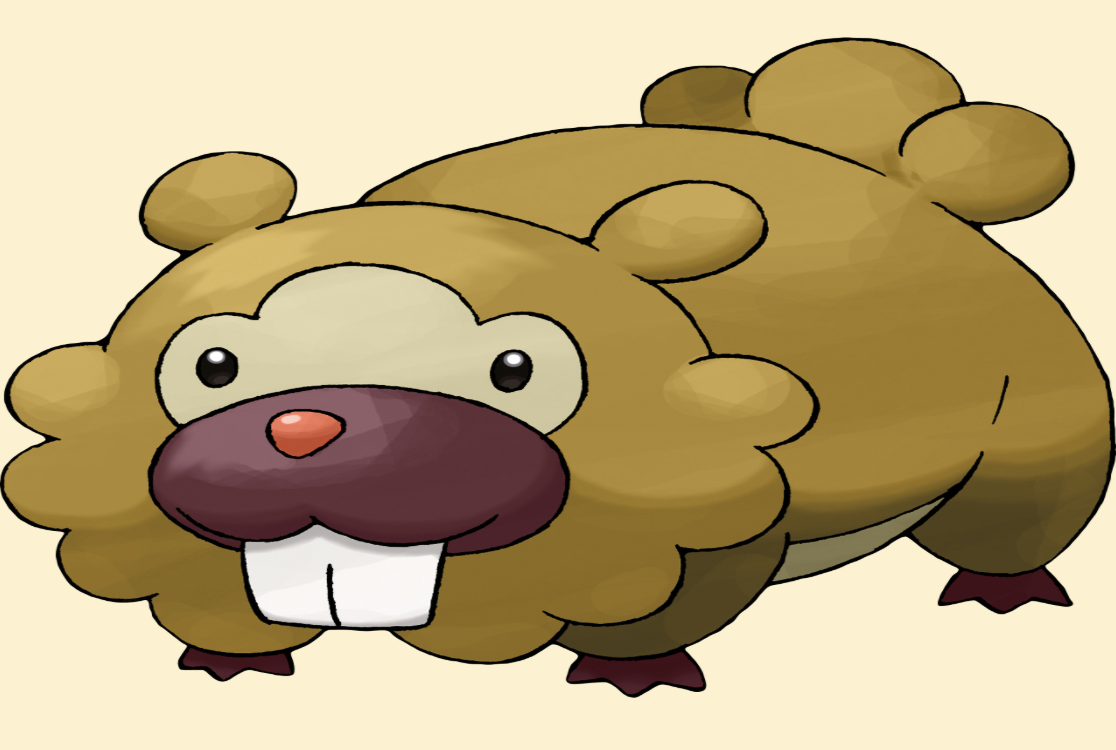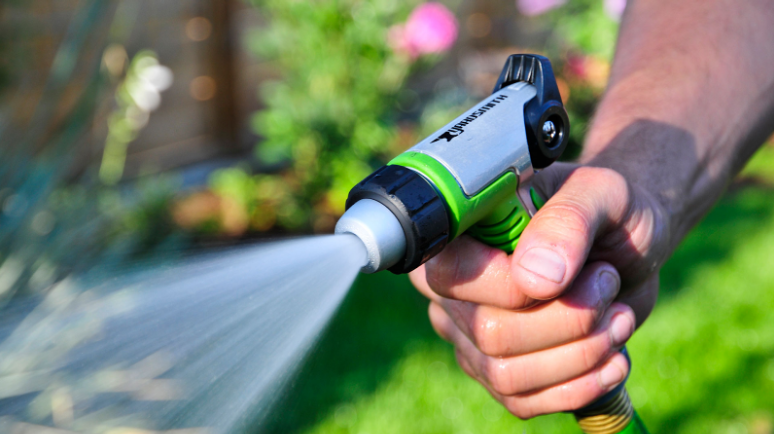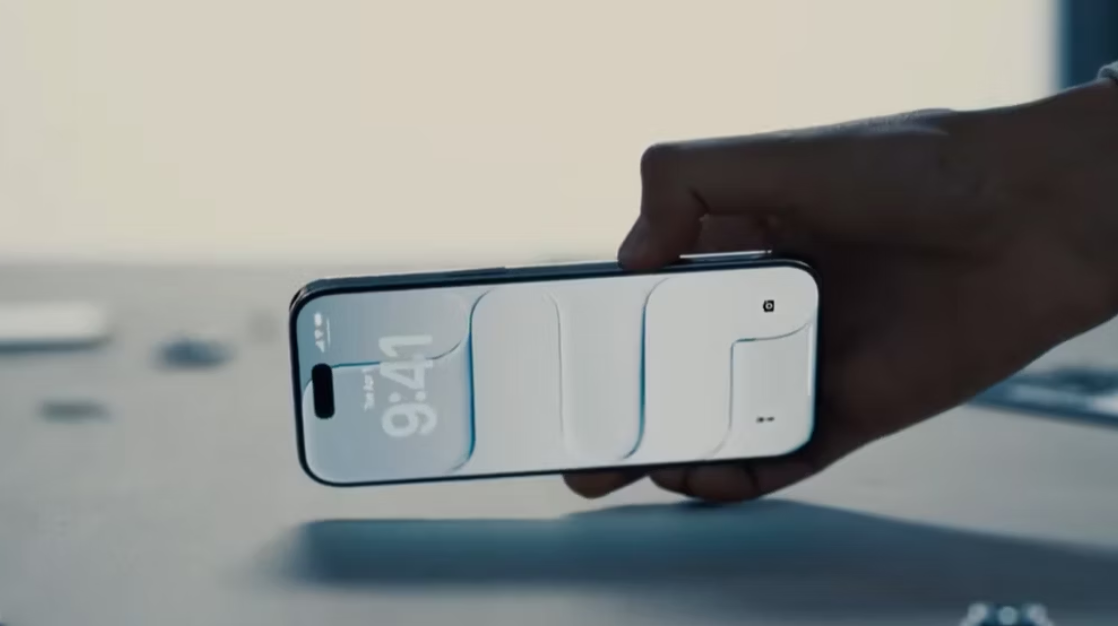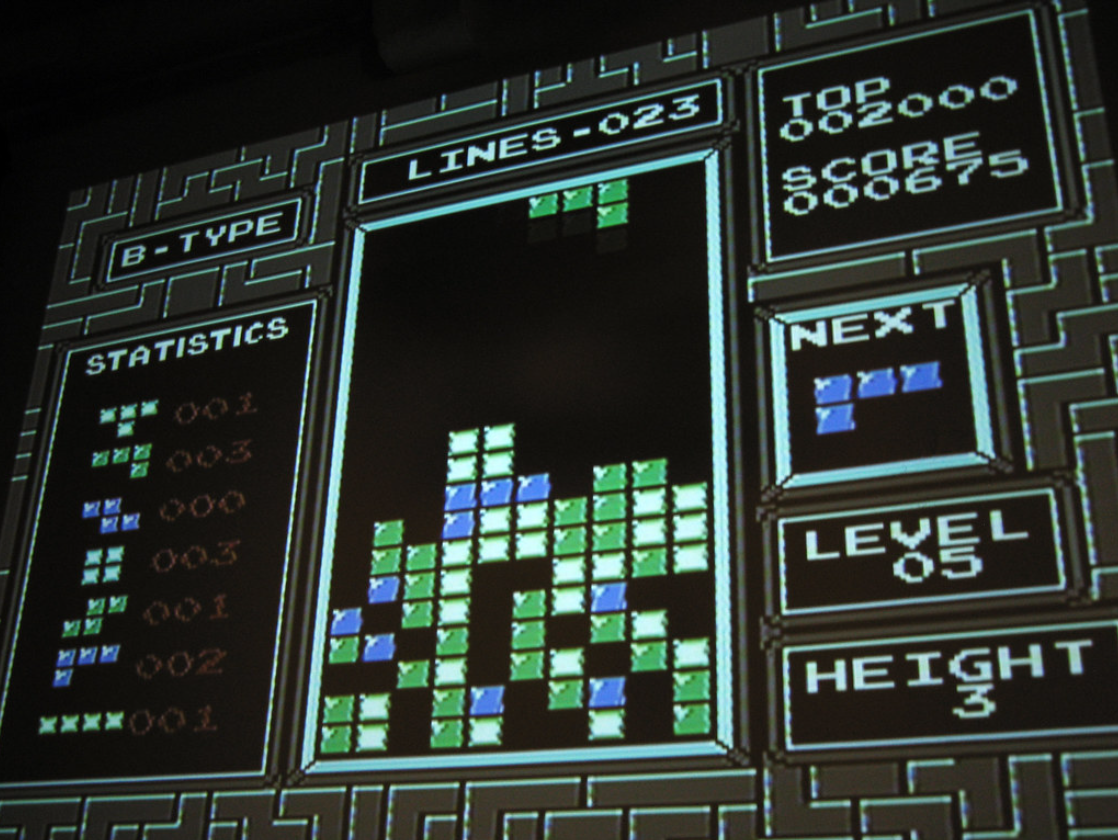Tetris just celebrated its 40th anniversary last year. It is a very, very old video game. As a result, it’s no surprise that some of the core gameplay mechanics have changed over the past several decades. As homage to Tetris’ 40th birthday, here are some of the differences between modern Tetris (the version that most of you are probably playing in class) and classic Tetris (more specifically, the NES 1989 version), along with some tips on how to play.
There are quite a few core gameplay differences between modern and classic Tetris. First, in classic Tetris, you cannot hold a piece, which means that you cannot store a piece for later. You must place down every piece even if they are disadvantageous to your current board. This makes the game much harder. Additionally, each level has its unique color palette, which can confuse some players because a blue J piece on level 7 could suddenly become a red J piece on level 8, while a red L piece on level 7 suddenly becomes a blue J piece. Finally, in classic Tetris, pieces lock in place almost instantly after the bottom touches another piece or the bottom of the board. On the other hand, you have slightly more leeway before you lose control of the piece in modern Tetris, which makes techniques such as spins easier and more consistent.
Now that you are a bit more familiar with the game, I’ll give you some tips to push your high score to the moon! Let’s begin with mastering the skill of Delayed Auto Shift(DAS), which I will now describe. Without utilizing this technique, it will take a long time for the tetromino to move the first unit, but then it will take a short amount of time to move any additional units. That means it could take 40 units for an I piece to move to the left or right of a screen! But you need to be able to do so in 28 frames at competition-level speeds to score a Tetris. Therefore, without relying on DAS, you are not going to be able to score tetrises at these higher speeds.
However, all is not lost. Internally, we notice piece movement is implemented with an incremental variable that is set to zero. Once the variable reaches 16 or the key is let go, the tetromino moves by one frame in the desired direction. If the variable were 16, it would then be set to 10. Notice how the counter is not reset back to 0 when a key is let go. Therefore, if we can somehow start pressing the key down and not make the variable zero, we can move the piece very quickly. As luck would have it, this is exactly what happens when the piece spawns in. This means you can maneuver quite effectively if you start pressing the key when the piece spawns in. The window is around 10 frames, or ⅙ of a second, so the timing is somewhat tight, but if you master this technique, you can easily play at the lower speeds and effectively play at higher levels.
Another piece of advice is that because tetrises score 4 times more than triples, it is more efficient to score tetrises than any other method. Additionally, since classic Tetris is right-handed, it is slightly easier to move pieces to the right than to the left. Therefore, the optimal stacking structure is an empty right-most column, with pieces being stacked in the other 9 columns. It’s also entirely possible to see I pieces for many lines because Classic Tetris basically entirely relies on a random number generator: if the number generator is 0-6 and an I piece is a 6, it is entirely possible to not roll a 6 for 30 pieces. In these cases, it is needed to clear non-Tetris lines. To most efficiently accomplish this without sacrificing the ability to score a tetris if an I piece comes, you should let the 9th column from the left be one square lower than the 1st-8th columns. As a final tip, I advise you to stack as flat and low as possible because it is easier to place pieces on a flat board than a jagged board.
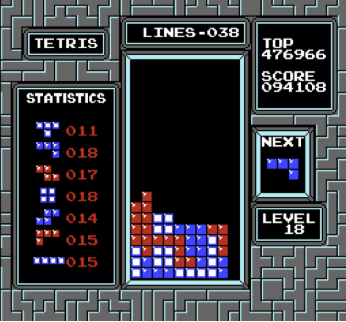
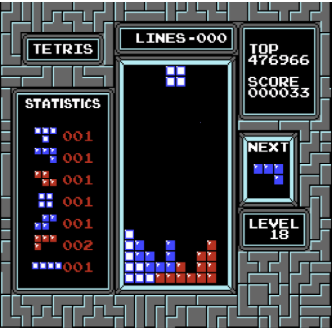
Fig 2. Flat vs Jagged Board. Notice how the left board, which is flat, is very easily able to place any of the 7 tetris pieces, including the J piece in the next box. Contrast that with the jagged right board, where we cannot place the O in any spot that would not compromise our ability to score Tetrises.
I hope that I have made you excited about playing classic Tetris. If you want to play this antique game yourself, I recommend that you just search for Tetris NES on the Internet, and I am sure you will find a website, such as retrogamesonline , where classic Tetris is available to play for free.
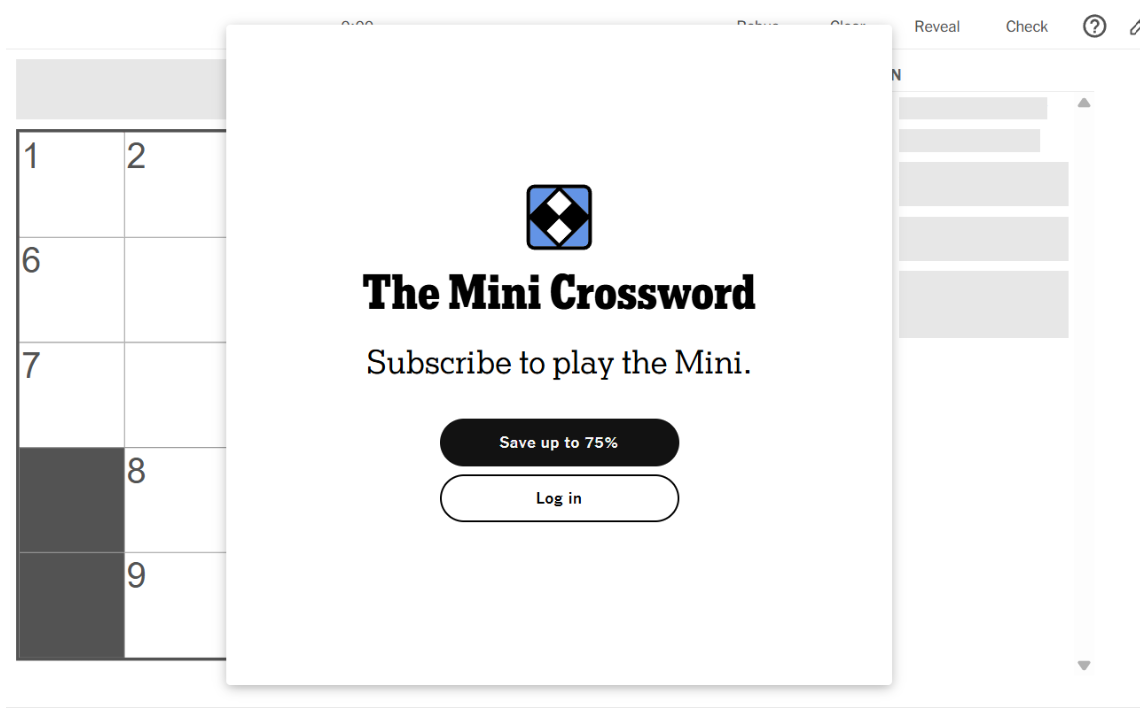









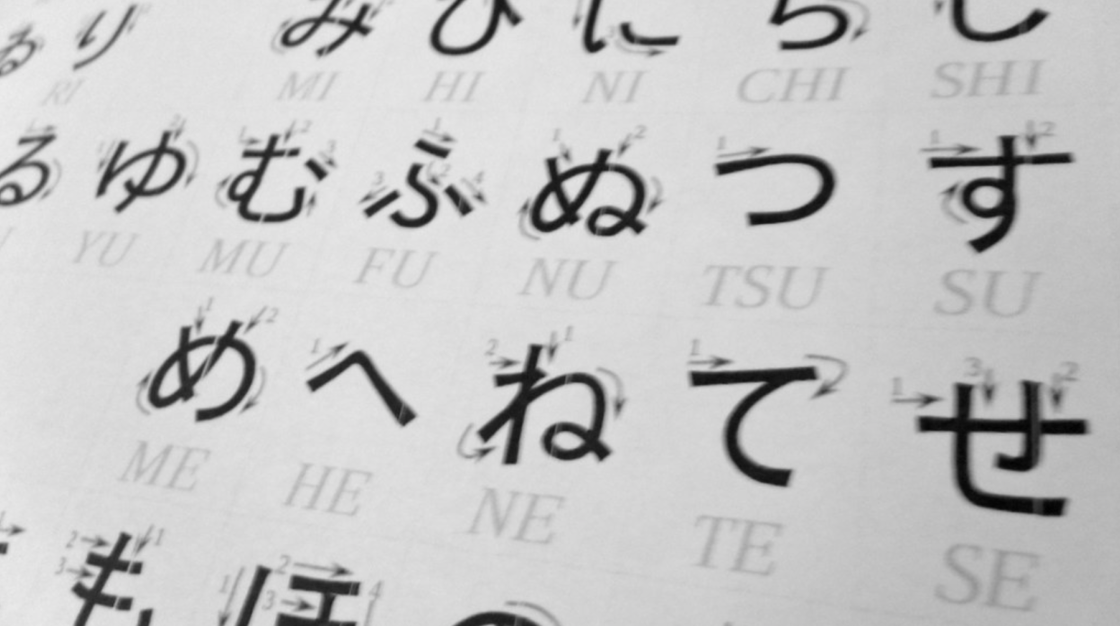






![Teacher [Milk] Tea: Part 2](https://bisvquill.com/wp-content/uploads/2024/03/Screen-Shot-2024-03-19-at-9.28.48-PM.png)












